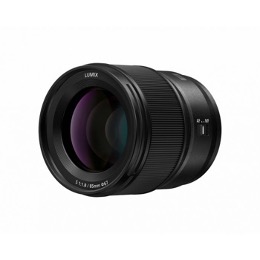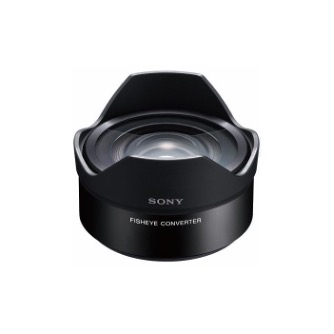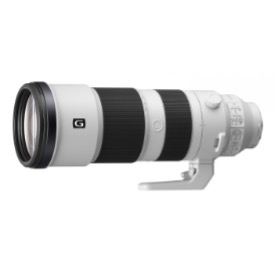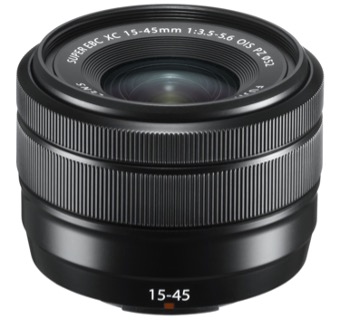Prime vs Zoom Lenses
This entry was posted on November 25, 2022.
There are a lot of different camera lenses out there, which means that you should be able to find one that works for you and your camera. However, knowing which is the right choice for the type of photography you want to do can take time and effort. Two of the most common lens types are zoom lenses and prime lenses, both of which have advantages and disadvantages. Below, we have taken a look at these popular lens types and explored what makes them unique.

What is a Prime Lens?
A prime lens, sometimes referred to as a fixed lens, is a lens with a fixed focal length. This means a lens set at a specific angle or view and cannot be changed unless you move. You can’t make the image appear larger or smaller within the frame; you need to move your subject or the camera. If you want the subject to appear larger in the shot, you need to move closer to it or move it closer to you. The same goes for making the subject appear smaller or further away; you must move away from it. Each prime lens comes with a specified focal length, and there are various options to choose from.

Image source: Panasonic 85mm f1.8 Lumix S Prime Lens (L-Mount) (cameraworld.co.uk)

Image source: https://www.cameraworld.co.uk/used-sony-vcl-ecf2-fisheye-conversion-lens-1.html
What is a Zoom Lens?
A zoom lens has a variable focal length, meaning the angle or view of what you are photographing can be changed. This differs from a prime lens, which has a set angle or view. You can zoom in or out using a zoom lens, making subjects appear smaller or larger depending on your desired result. You can zoom out if you need to fit more into the frame. You can zoom in if you want to get closer to the subject and see more details. Unlike a prime lens, you don’t need to move closer or further away from the subject, as the zoom function does that for you. Each zoom lens has two specifications, which showcase the two extremes of how far the zoom lens can change. For example, a zoom lens with a 70-200mm specification can vary between a focal length of 70mm and 200mm.

Image source: Sony 200-600mm f5.6-6.3 G OSS FE (SEL200600G) from CameraWorld

Image source: https://www.cameraworld.co.uk/fujifilm-15-45mm-f3-5-5-6-ois-pz-xc-lens-black-65789.html
Comparing Prime Lenses and Zoom Lenses
- Prime Lenses are Cheaper - Compared to zoom lenses, prime lenses are significantly cheaper. This makes them a popular choice for photographers on a budget and those just starting out, whereas zoom lenses are favoured by professionals and people with more to spend.
- Zoom Lenses are More Versatile - A zoom lens can be used in several ways, making them a more versatile option than a prime lens. Regardless of the photograph you are taking or the angle you are shooting from, a zoom lens can change to ensure that you capture a high-quality image without worrying about moving. There is no need for you to move from one place to another, as a zoom lens does that for you.
- Prime Lenses are Smaller and Lighter - Though obvious benefits come with choosing a zoom lens, zoom lenses can be heavy and bulky. This can make them difficult to use for long periods, inconvenient to carry around with you and likely to take up a lot of room in your bag. Carrying around heavy lenses can cause back problems and injuries further down the line. Though prime lenses are not as versatile, they are a preferable size and weight. It’s easy to take a camera wherever you go when the lens is light and small.
- Zoom Lenses Boast Image Stabilisation - Zoom lenses have image stabilisation technology, making it easier to capture clear and high-quality photographs without worrying about accidental blurring. Even if you are shooting in a dark environment, a zoom lens can capture sharp images, even if you move the camera slightly. The lens shifting does this to counterbalance any slight camera movements.
- Prime Lenses Can Help Develop Photography Skills - Many photographers believe that using a prime lens helps develop photography skills. Instead of relying on the functions of a zoom lens, you need to move around to ensure you get the ideal shot. You can’t simply zoom in or out using a prime lens; you need to move around to see which angles are best for your subject.
- Zoom Lenses are More Portable - When using prime lenses, you might need to carry two or three around with you simultaneously, depending on the type of photography you are planning to do. Though zoom lenses do tend to be bigger and heavier, it’s unlikely that you will need more than one when you’re out and about. With a zoom lens, one is usually enough.
- Prime Lenses Photograph in Low Light - As a prime lens has a larger and wider aperture, you can shoot subjects in low light without worrying about image blurring. Most prime lenses will let in more light than a zoom lens, reducing the chances of a blurred or unstabilised photograph.
As you can see, there are pros and cons that come with both of these lenses, and they are hugely different. Though prime lenses and zoom lenses both help to capture the perfect shot at the ideal angle, they rely on you having access to the right lens. This is why it’s important to consider the subject and location of the shoot to choose the lens that will work best for you.
Here to help
At Camera World, we know all there is to know about camera lenses. Regardless of your photography type, you won’t struggle to find the perfect lens within our vast range of options. To find out more about prime lenses and zoom lenses, get in touch with our helpful team.





